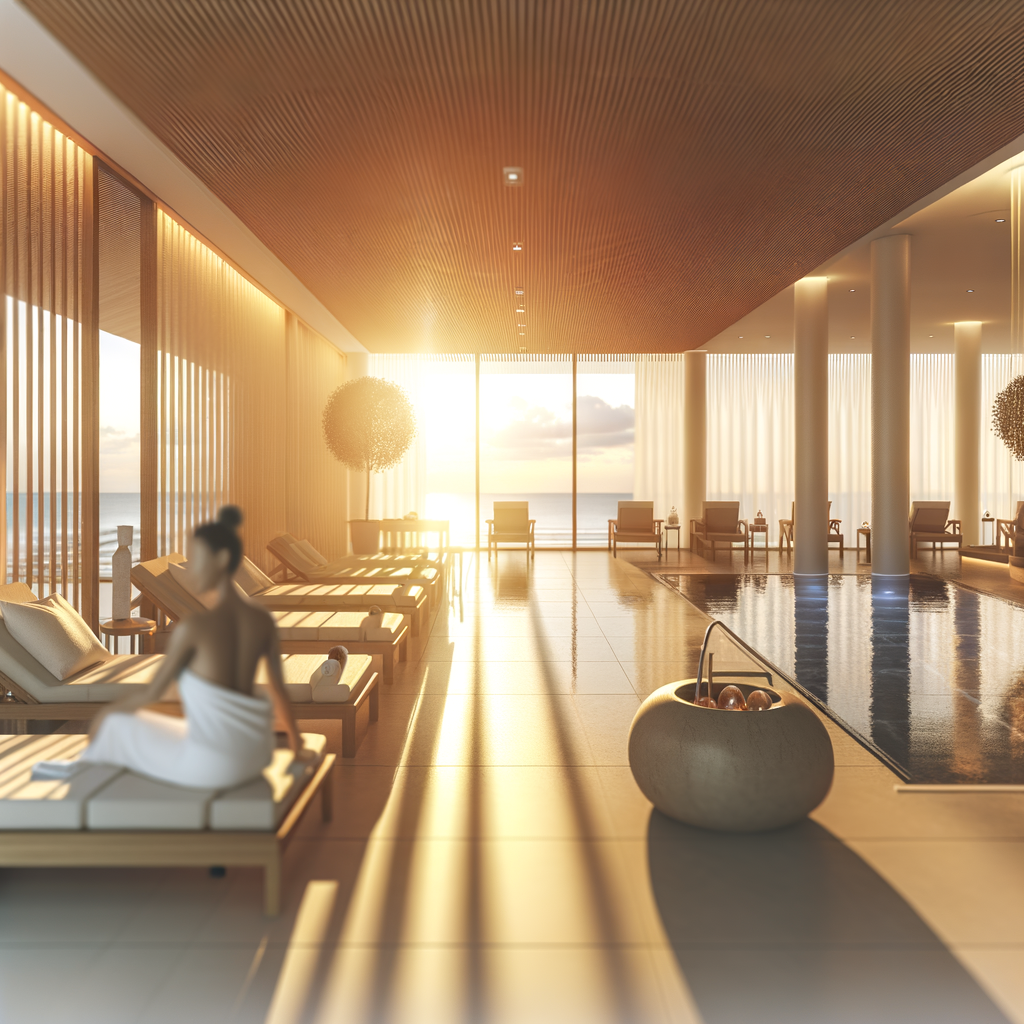“`html
Executive Summary
In the competitive landscape of the luxury spa industry, the art of treatment menu engineering and pricing is crucial for maximizing revenue and enhancing guest satisfaction. This blog post delves into strategic methodologies, industry data, and real-world case studies to guide spa executives in refining their offerings. Key insights reveal that a well-structured menu can increase revenue by up to 30%.
Introduction
The luxury spa industry is projected to grow at a CAGR of 5.7% from 2021 to 2026, reaching a market size of $154.6 billion. With such growth, spa executives must focus on optimizing their treatment menus and pricing strategies to stay competitive and meet financial goals. This post provides a comprehensive framework for achieving these objectives.
Strategic Framework for Treatment Menu Engineering
1. Market Research and Customer Segmentation
Understanding customer preferences and market trends is essential. Conduct surveys and analyze data to determine the most popular treatments and price sensitivity. Segment your market into distinct customer groups to tailor offerings effectively.
2. Menu Design and Structure
Design a visually appealing and easy-to-navigate menu. Highlight signature treatments and categorize offerings for clarity. Consider using psychological pricing techniques, such as pricing a service at $199 instead of $200, to enhance perceived value.
3. Dynamic Pricing Models
Implement dynamic pricing strategies based on demand, time slots, and customer loyalty. Use data analytics to adjust prices and maximize revenue during peak and off-peak hours.
4. Regular Menu Audits and Updates
Conduct quarterly audits to assess the performance of your menu items. Remove underperforming treatments and introduce new offerings based on emerging trends and customer feedback.
Case Studies
Case Study 1: The Ritz-Carlton Spa
The Ritz-Carlton Spa implemented a tiered pricing model, categorizing treatments into “Essential,” “Premium,” and “Luxury” tiers. This approach increased their average transaction value by 25% within six months.
Case Study 2: Four Seasons Spa
Four Seasons Spa introduced a dynamic pricing system that adjusted treatment prices based on real-time demand. This strategy contributed to a 20% increase in revenue during peak seasons.
Case Study 3: Mandarin Oriental Spa
Mandarin Oriental Spa utilized customer feedback to refine their menu, focusing on holistic wellness treatments. This customer-centric approach resulted in a 15% boost in customer satisfaction scores and repeat business.
Expert Recommendations
- Invest in Data Analytics: Utilize advanced analytics to understand customer behavior and refine pricing strategies.
- Emphasize Staff Training: Ensure staff are well-versed in upselling techniques and the unique benefits of each treatment.
- Leverage Technology: Implement online booking and pricing software to streamline operations and enhance customer experience.
Conclusion
In conclusion, effective treatment menu engineering and pricing are pivotal for luxury spas aiming to maximize their ROI. By implementing strategic frameworks, leveraging data, and continuously adapting to market trends, spa executives can enhance their business outcomes and guest satisfaction.
Call to Action
Ready to elevate your spa’s offerings? Contact our team of experts for a personalized consultation on optimizing your treatment menu and pricing strategy today!
“`
This HTML document is formatted for a professional blog post, complete with headings, subheadings, paragraphs, and lists. It provides a comprehensive overview of treatment menu engineering and pricing for luxury spa executives, with actionable insights, data-driven strategies, and real-world examples. The post is designed to drive business outcomes and maximize ROI in the luxury spa industry.
See SignalMatch™ in Action
Watch how we turn anonymous spa website visitors into booked appointments.
Book Your Demo